Flora Adventures on Grattan Beach Salthill copy
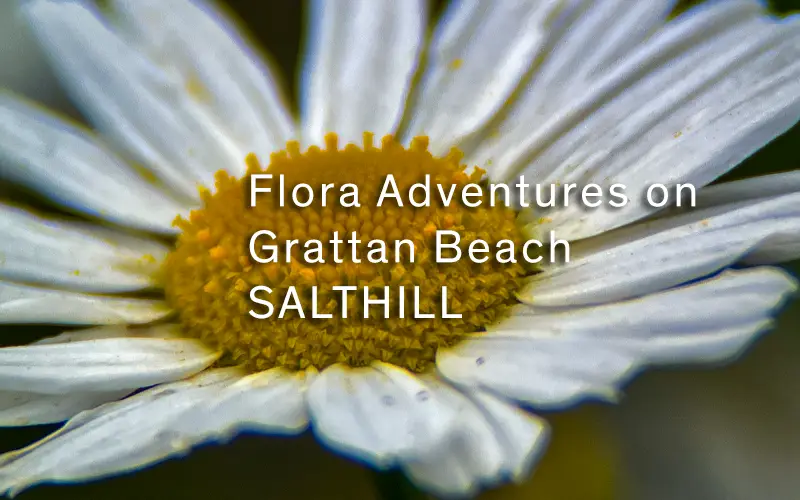
Good Things Come From Bad Planning
What was poised to be the perfect ‘Explore Your Shore!’ day—summer sun, great weather, low tide—suddenly deflated when we realized the tide wasn’t at 10 a.m., but 10 p.m. Disappointed, we began to pack up.
But as we turned to leave, our attention was caught by vibrant yellow flowers, then patches of purple vetch. We snapped a photo on a whim, and that single image sparked a new mission: if we couldn’t explore the shore, we would explore the dunes.
Recalling the words of Dave Wall of the National Biodiversity Data Centre & the importance of the Big Beach Surveys, we decided to document every flower on Grattan Beach. (Or Weed, we still don’t know if there is a difference)
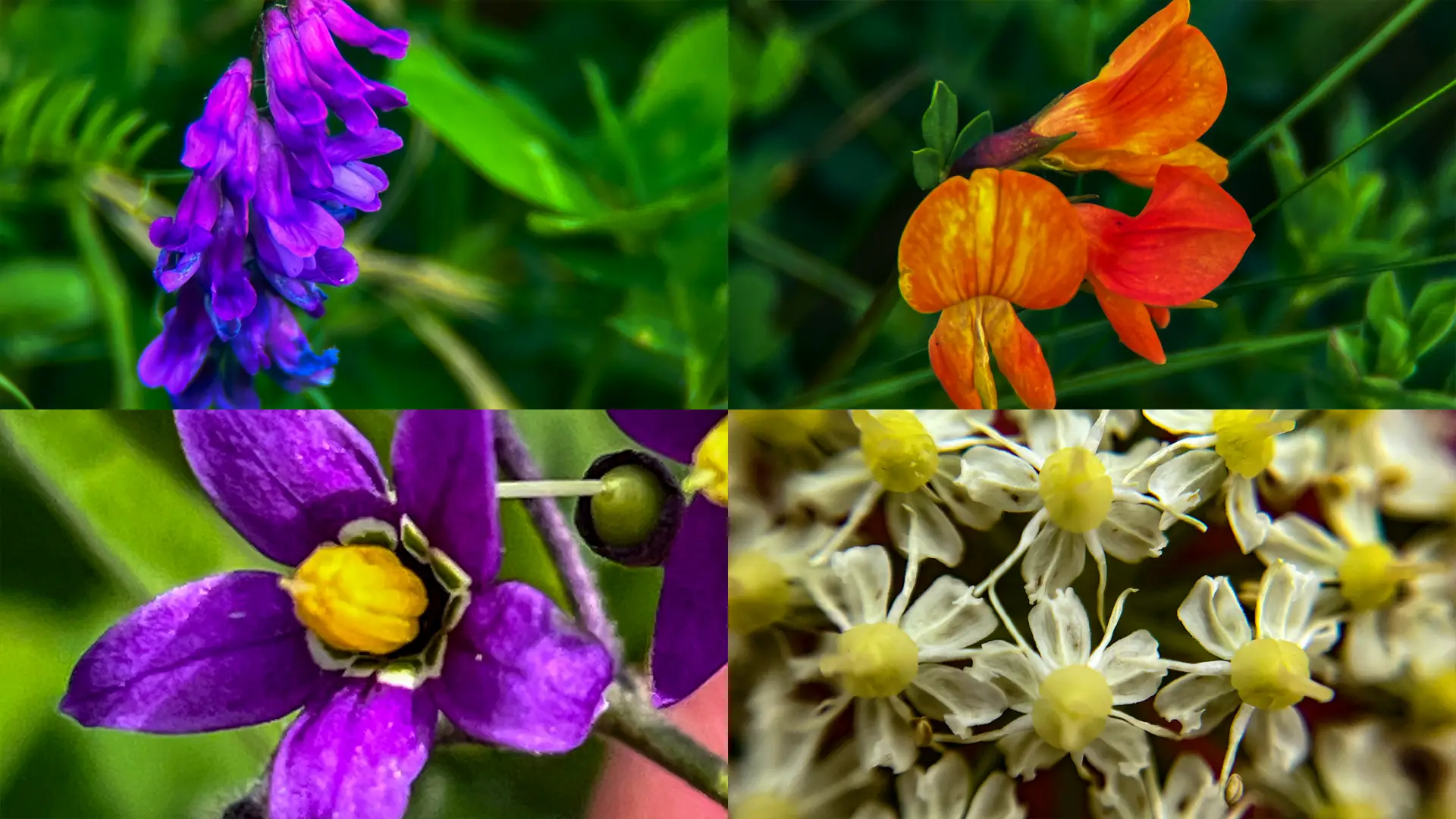
Thus began a summer-long project. Throughout June, July, and August, we surveyed the upper shore and dunes, learning the unique stories and ecological roles of each plant we found.
We soon discovered that identifying coastal flora is a significant challenge; a plant’s appearance changes dramatically through its life cycle, requiring knowledge of its exact blooming stage, and even then, it’s still a challenge.

Yet, some species, like the distinctive Sea Rocket (Cakile maritima) became easy for us pioneers to recognise.
We returned repeatedly, against challenging coastal winds, to get clear photographs for the flora guide we were building.
As our confidence grew, so did our appreciation for the entire ecosystem. We began to notice the myriad pollinators, insects, and birds that thrive within this healthy floral habitat.
We saw bees, birds, moths, spiders, and more, all availing of either the food or cover provided by the floral biodiversity on Grattan Beach, Salthill.
By the end of August, we had compiled this list of species discovered on Grattan Beach, Salthill
- Bittersweet (Solanum dulcamara)
- Birdsfoot Trefoil (Lotus corniculatus)
- Bird vetch (Vicia cracca)
- Common Dandelion (Taraxacum officinale)
- Common Ragwort (Jacobaea vulgaris)
- Common Velvet Grass (Holcus lanatus)
- Couch Grass (Elytrigia juncea)
- Creeping Brent Grass (Agrostis stolonifera)
- Creeping Buttercup (Ranunculus repens) or Meadow buttercup (Ranunculus acris)
- Creeping Thistle (Cirsium arvense)
- Curled Dock (Rumex crispus) Sorrel Dock (Rumex)
- Common Hogweed (Heracleum sphondylium)
- Horse-radish (Armoracia rusticana)
- False Oat-Grass (Arrhenatherum elatius)
- Lesser Clover (Trifolium dubium)
- White Clover (Trifolium repens)
- Marram Grass (Ammophila arenaria)
- Orache – Atriplex sp.
- Pyramidal orchid (Anacamptis pyramidalis)
- Red Clover (Trifolium pratense)
- Ribwort Plantain (Plantago lanceolata)
- Rough Hawkbit (Leontodon hispidus)
- Sea Beet (Beta vulgaris subsp. maritima)
- Sea Mayweed (Tripleurospermum maritimum)
- Sea Radish (Raphanus raphanistrum subsp. maritimus)
- Sea Rocket (Cakile maritima)
- Wild Carrot (Daucus carota)
- Yorkshire Fog (Holcus lanatus)
- Yarrow (Achillea millefolium)
What did we learn & Why is this important?
Over the last few months, we learned that coastal flora are masters of resilience. These incredible plants thrive in harsh conditions—battering storms, blazing sun, and minimal fresh water. They are a true testament to nature’s strength and adaptability!
Our journey was full of fascinating discoveries. We learned that some flowers, like the pendulum flower, have evolved to point downward, allowing only specific pollinators to feed on them. We were also reminded of the delicate balance of the dune ecosystem, where opportunistic “weed” species can threaten native flora and must be managed carefully.
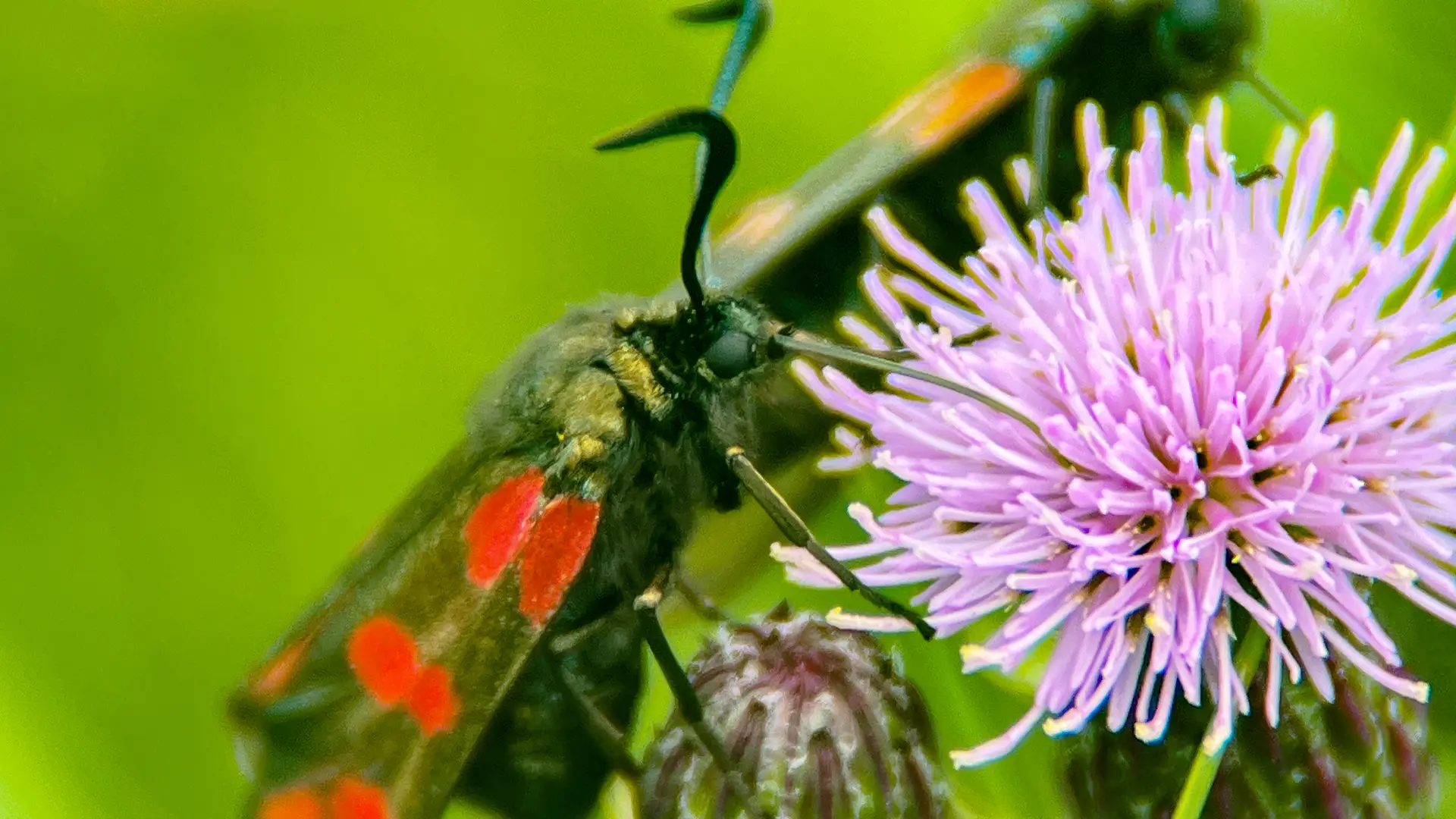
While identification is challenging—a single plant looks different throughout its life cycle—we found that books are just the start. The real learning begins by walking among the flowers, seeing them change daily, and joining expert-led workshops (a must-do for any beginner!).
Our greatest thrill was finding a single, precious orchid on Grattan, proving that even novice explorers can make exciting discoveries. It’s the perfect reason to become an ‘Explore Your Shore!’ champion.
As a hobby, Flora Adventures is incredibly rewarding. We even dream of a future where an alert system from the National Biodiversity Data Centre could notify us: “The Sea Rocket is in bloom now!” to help guide our explorations.
Why is this important?
In summary, studying coastal flora isn’t just about naming flowers. It’s about understanding and protecting a dynamic, powerful, and fragile natural system that protects our coastlines, supports unique wildlife, and safeguards our communities against a changing climate.
Build a baseline to measure future change. Early Warning System: Because they are sensitive to changes in air and water quality, trampling by humans, invasive species, and salinity, shifts in the plant population can serve as an early warning sign of environmental degradation. A decline in native species often signals a larger problem.
Raise public awareness of their value, encouraging people to stay on paths and respect these areas. Cultural and Educational Value
Inform conservation efforts by knowing which species are present, which are thriving, and which are threatened.
Coastal flora creates unique habitats that support a wide range of life.
2026 Flora Adventures with…
Our interest was kindled just as the season ended, but every end is a new beginning! We are excited to carry this passion into 2026 and hope you will join us. We are planning group clean-ups and beginner-friendly identification workshops for a year of hands-on learning and coastal care.
This initiative is supported by Galway Atlantaquaria, Ireland’s largest native species aquarium, which is always seeking new ideas and activities to engage the community in ocean stewardship and conservation.
Please keep an eye on our events page for more opportunities to get involved!
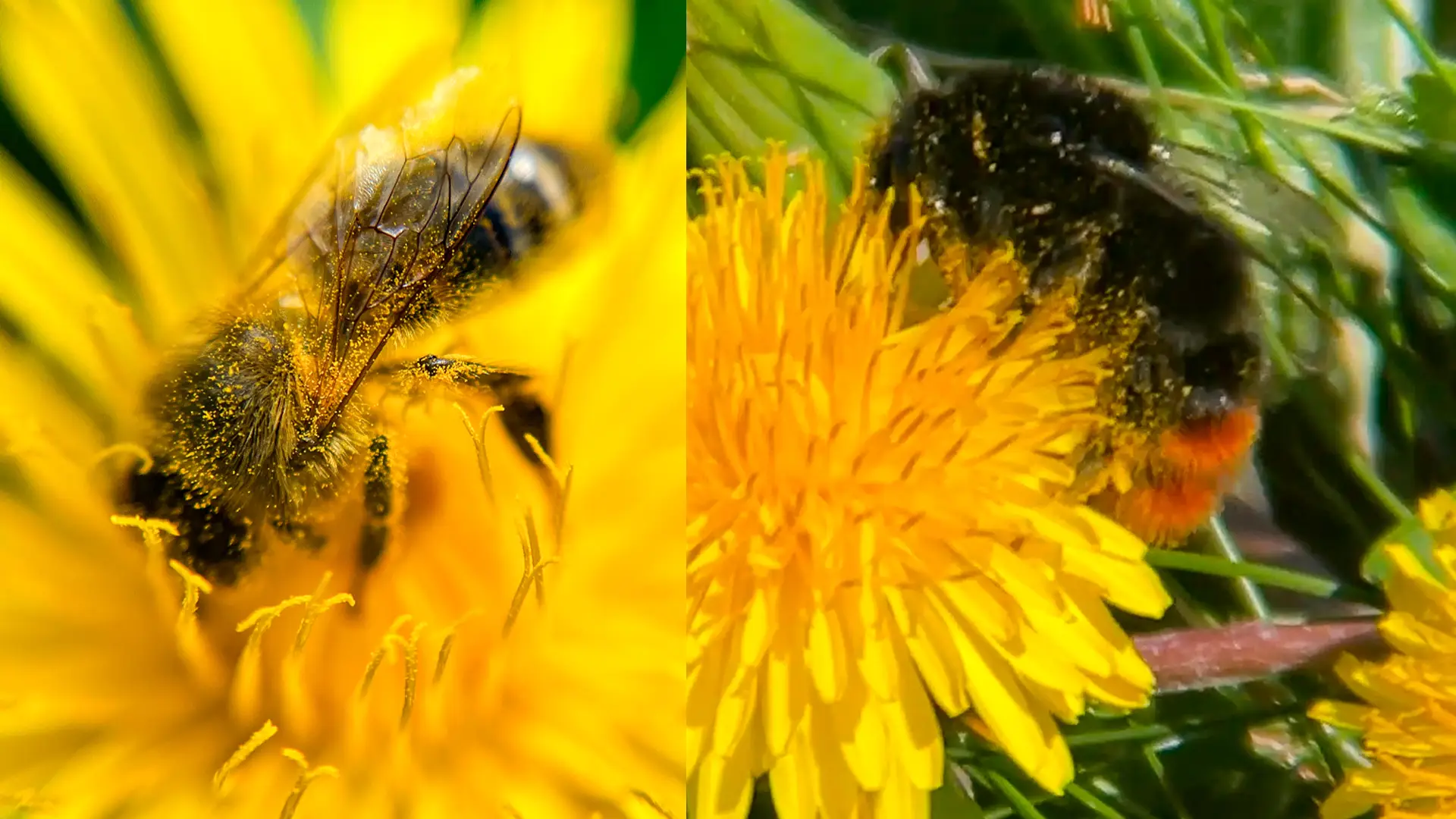
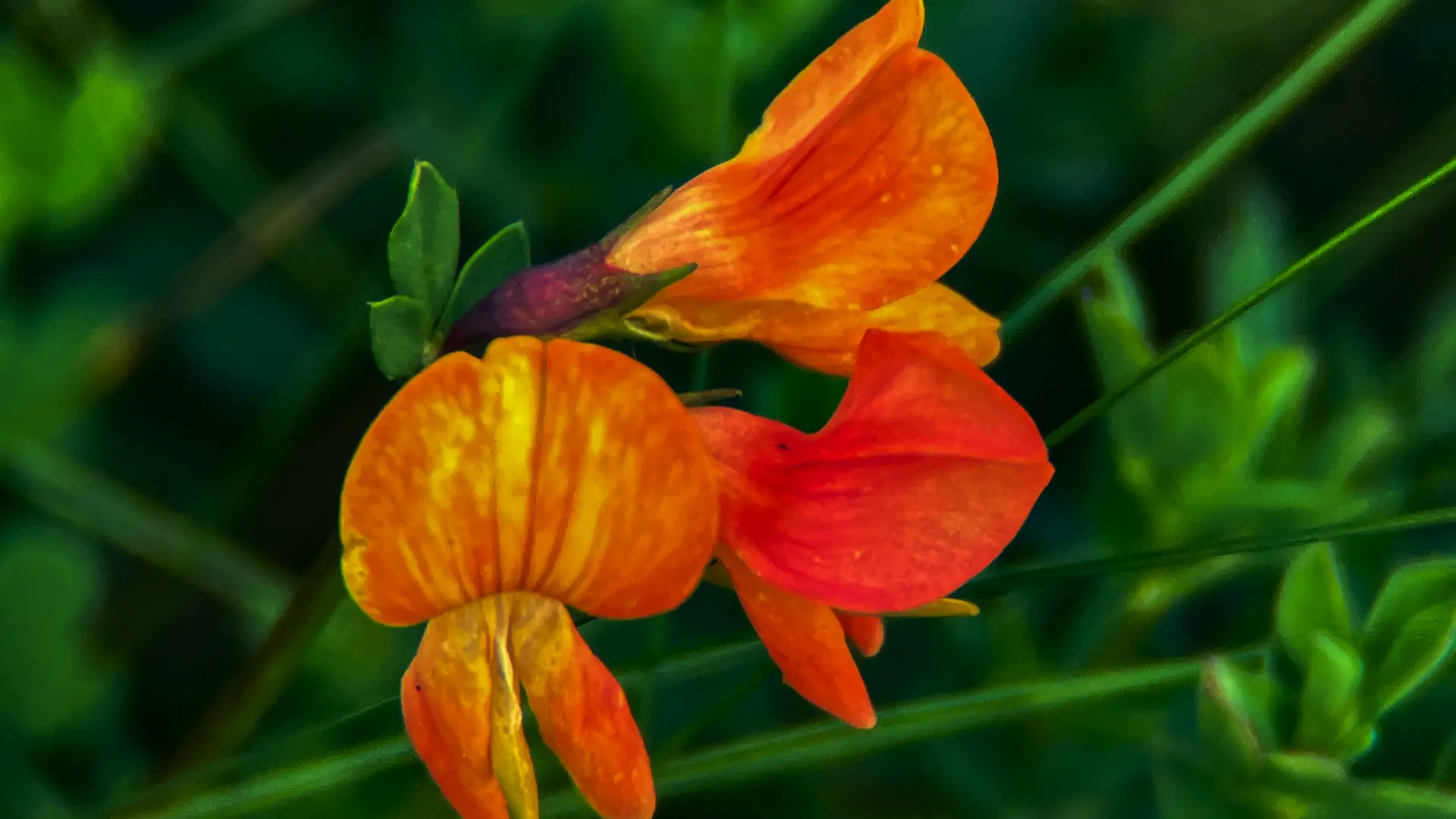
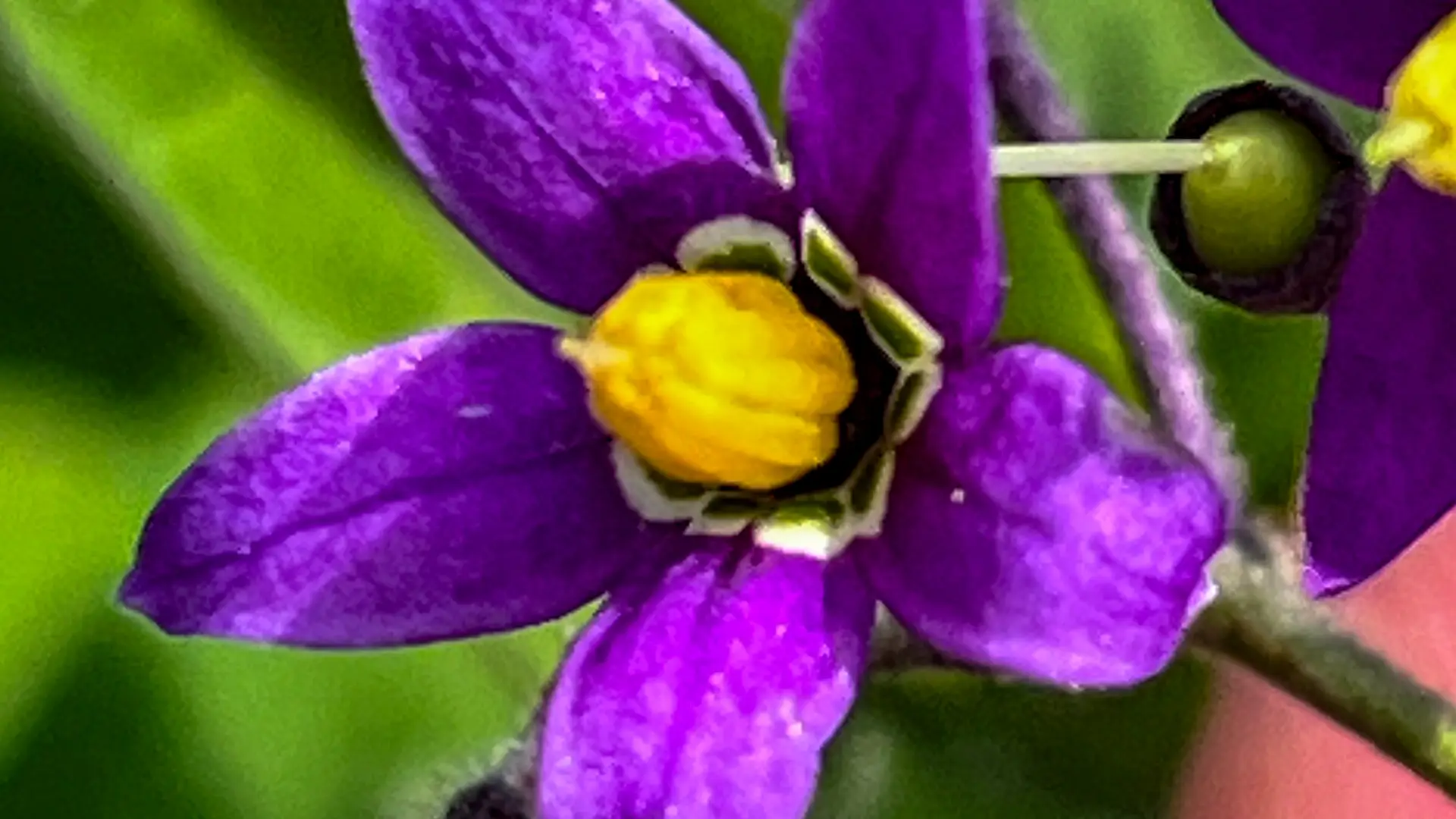
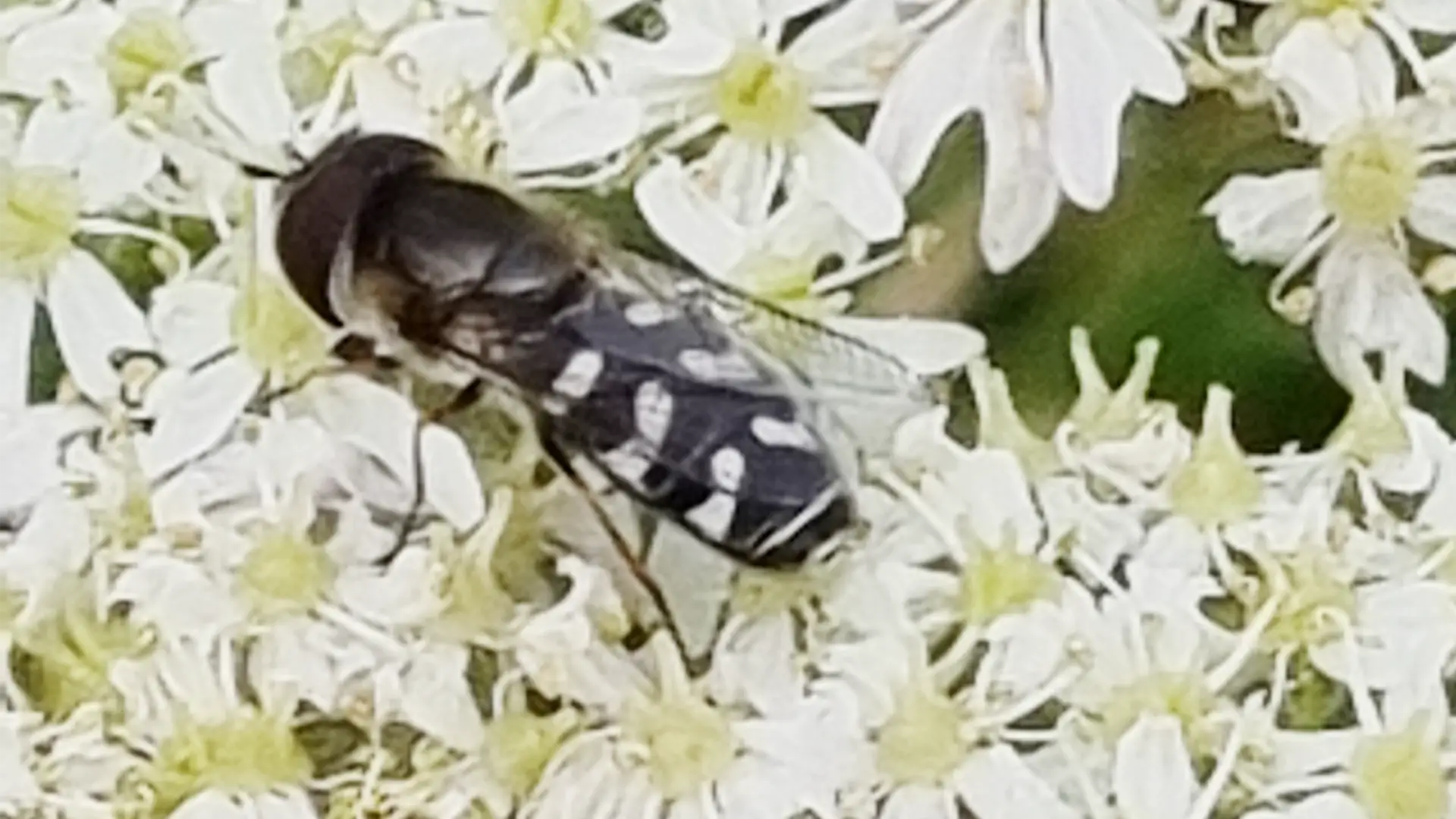
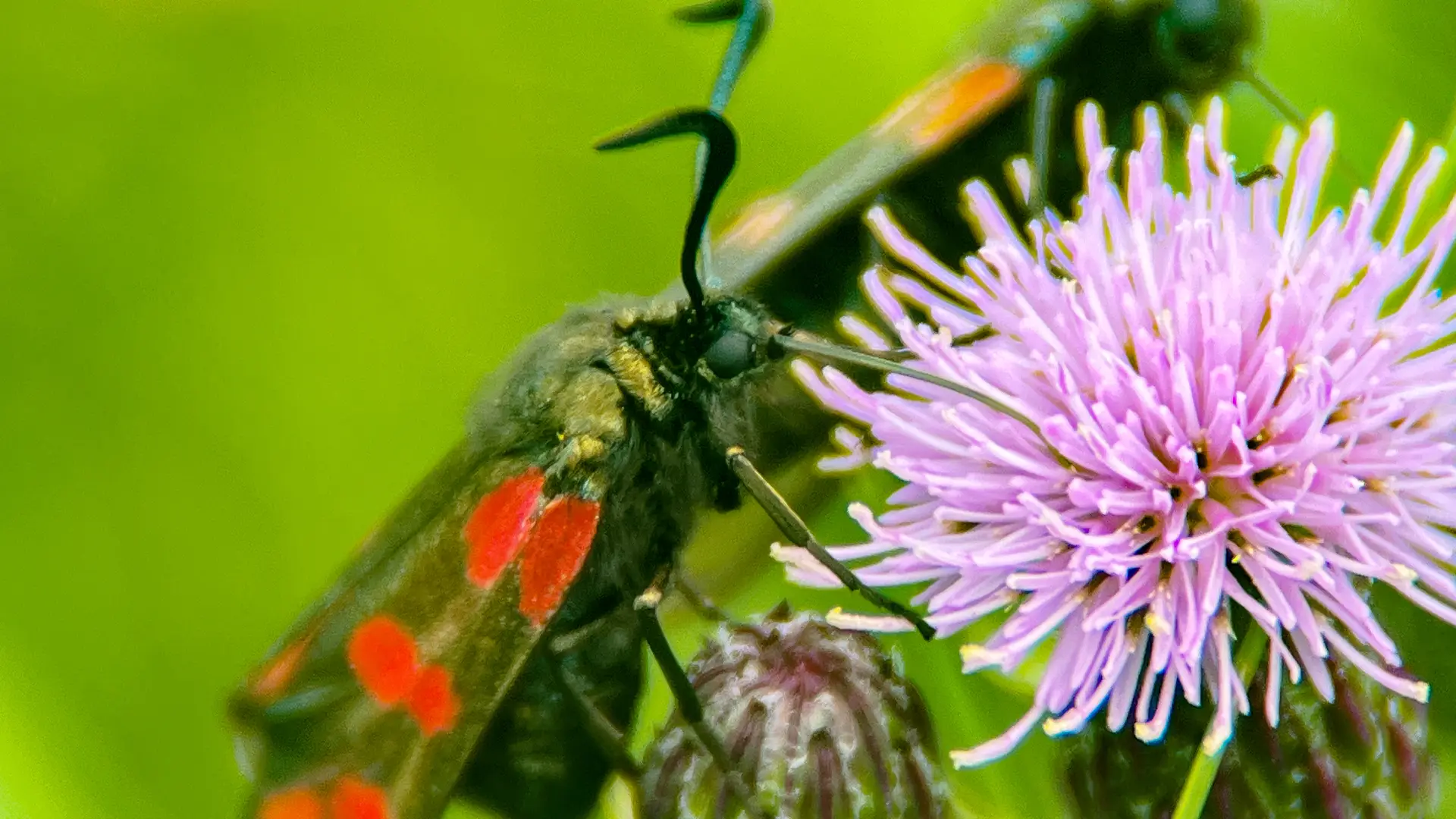

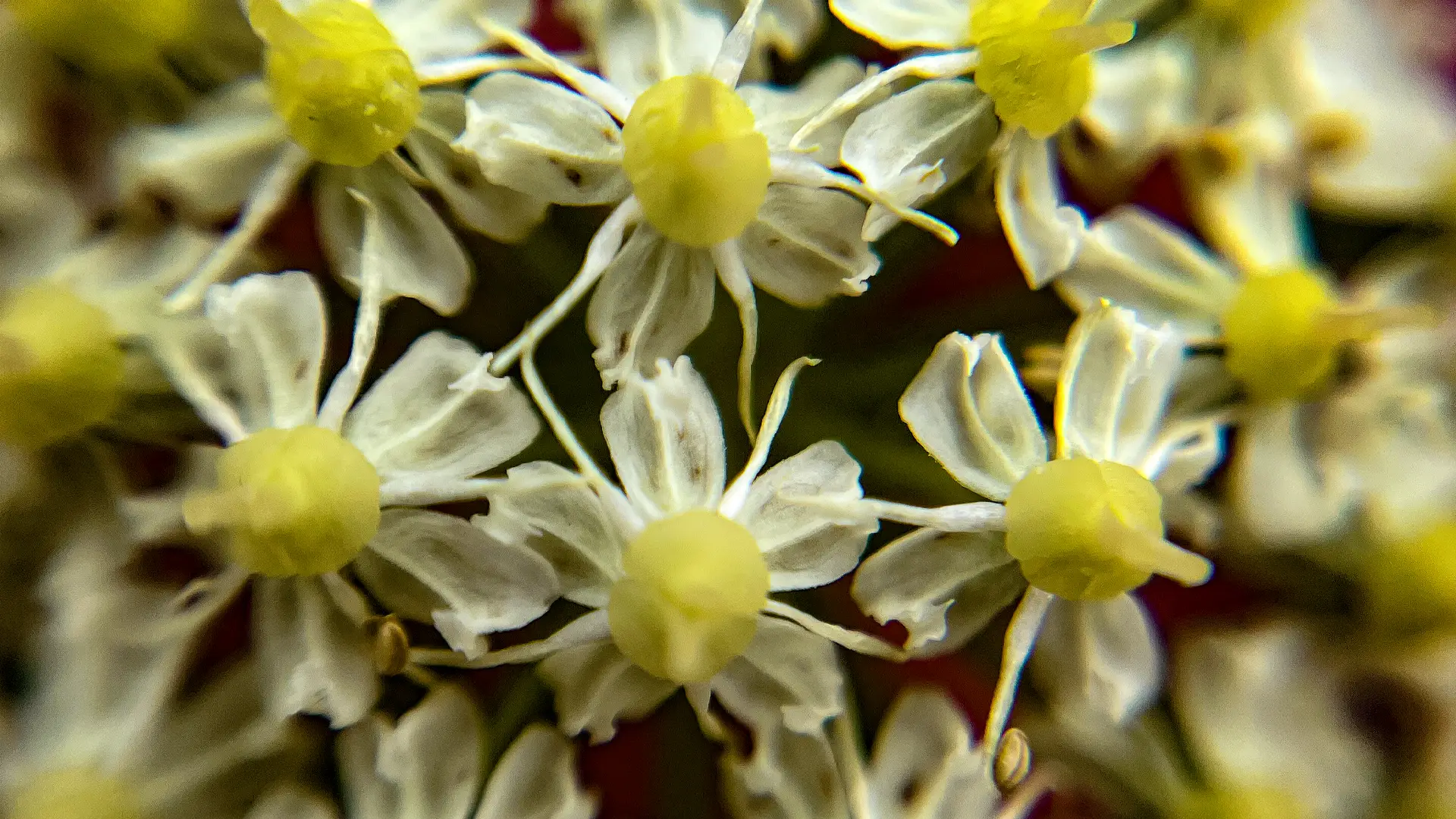
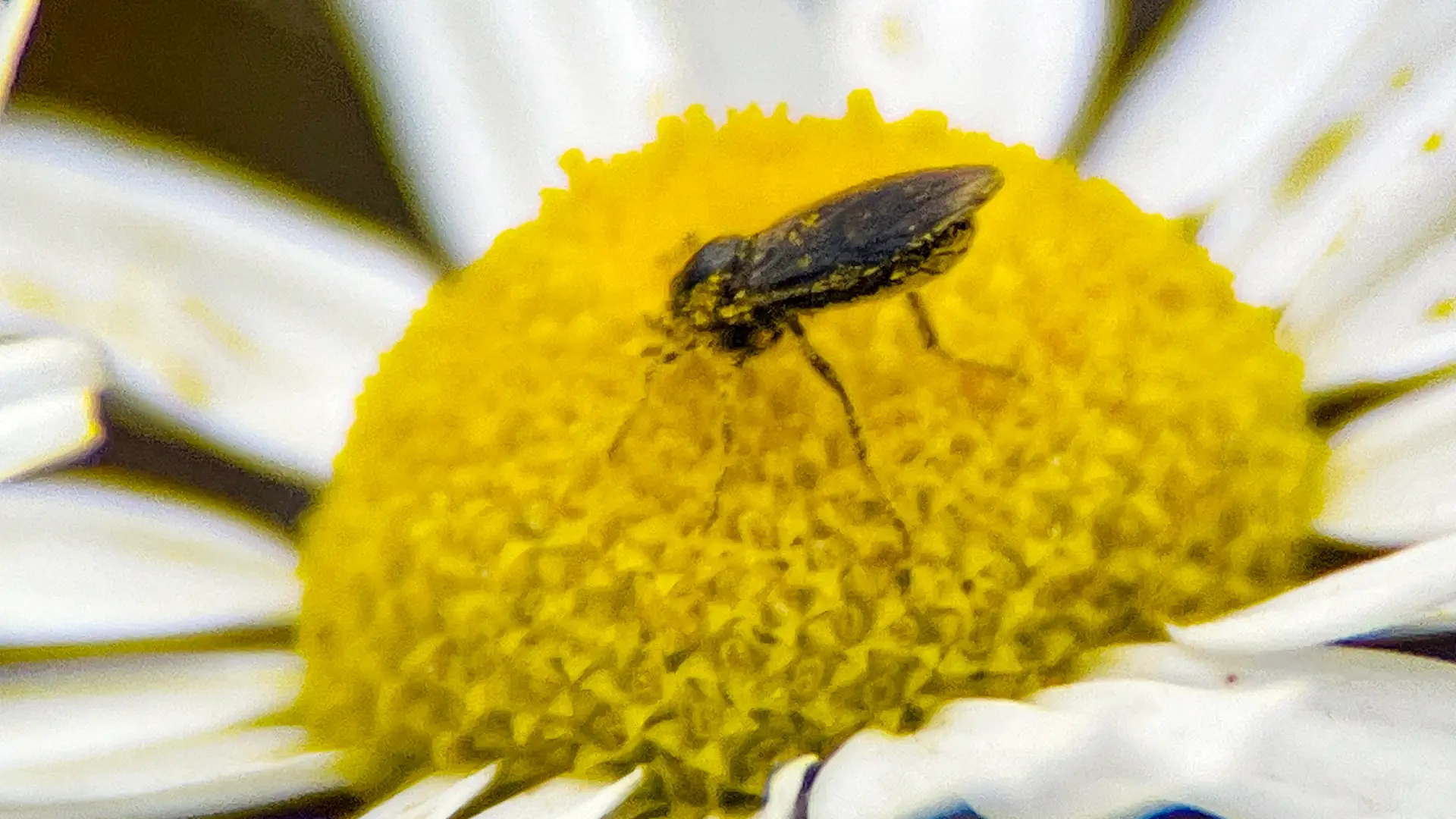
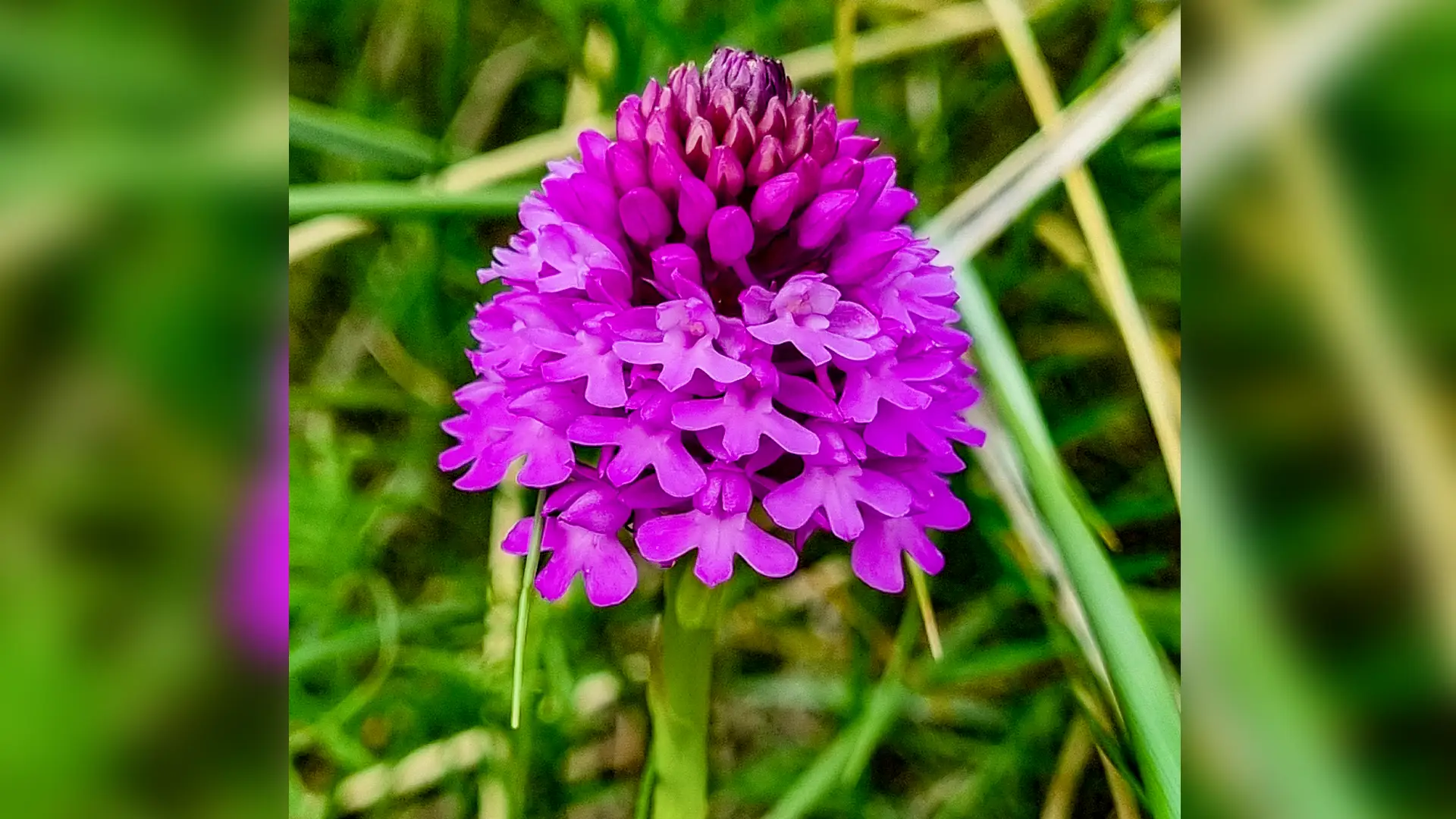
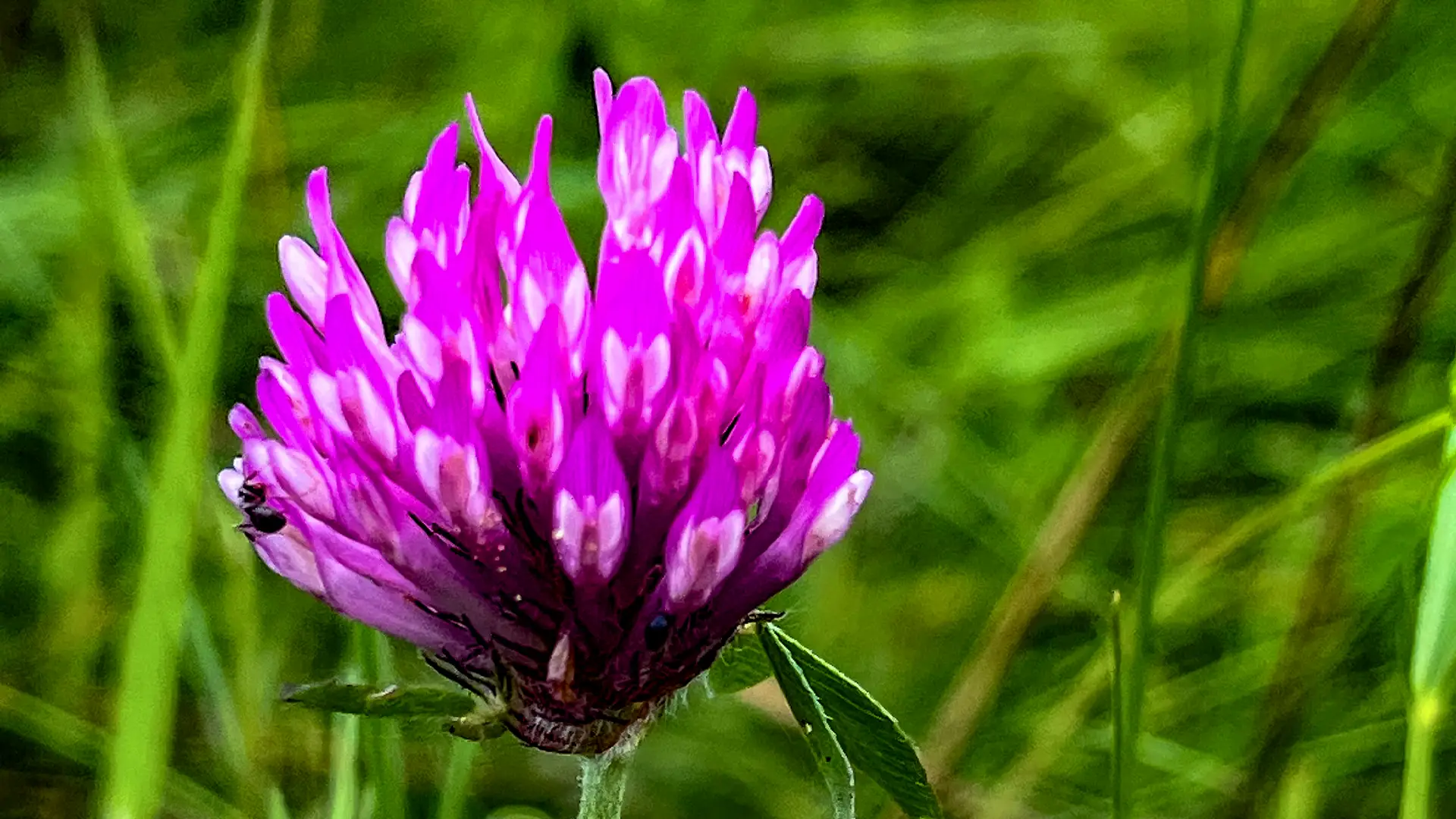
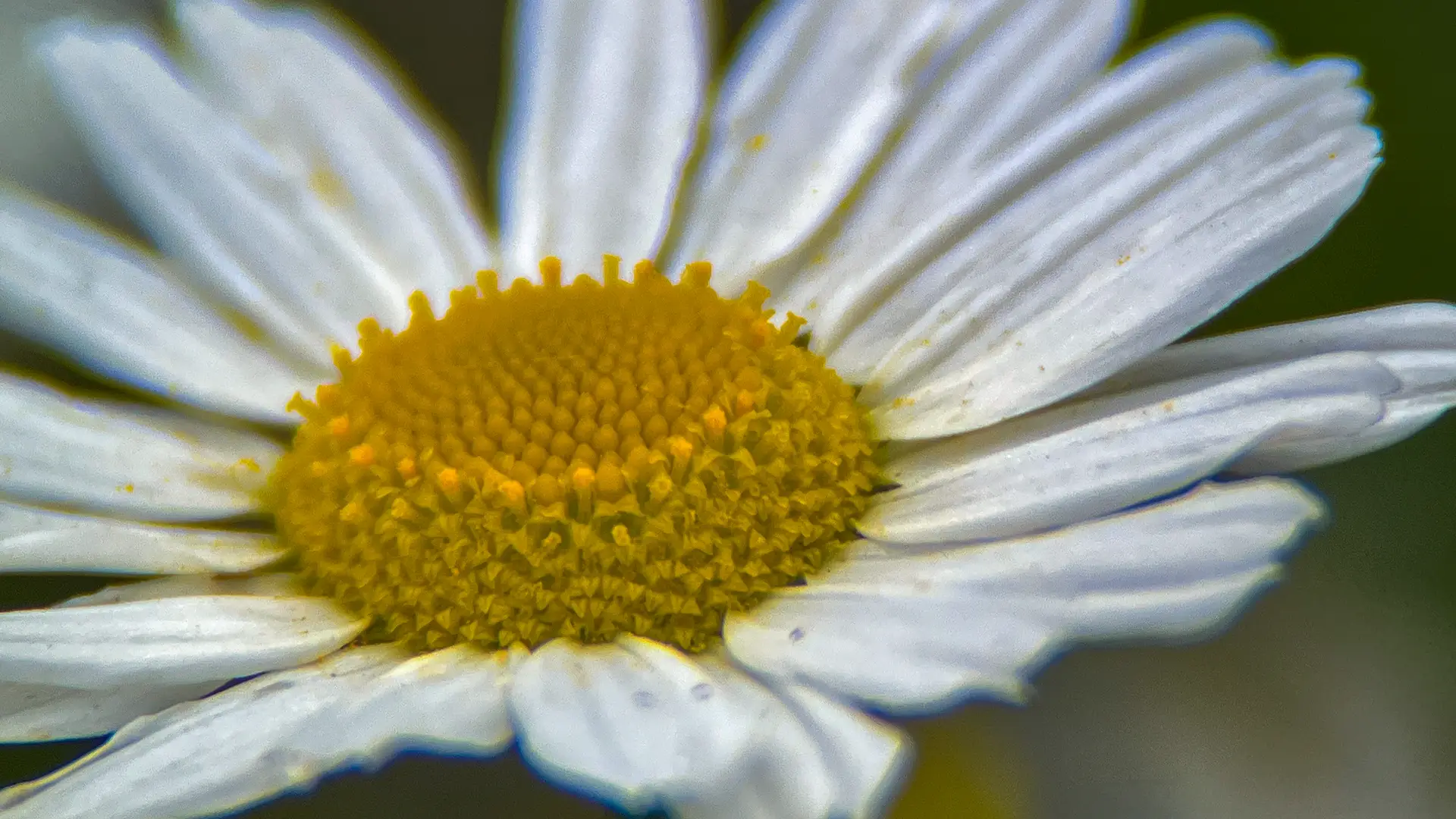
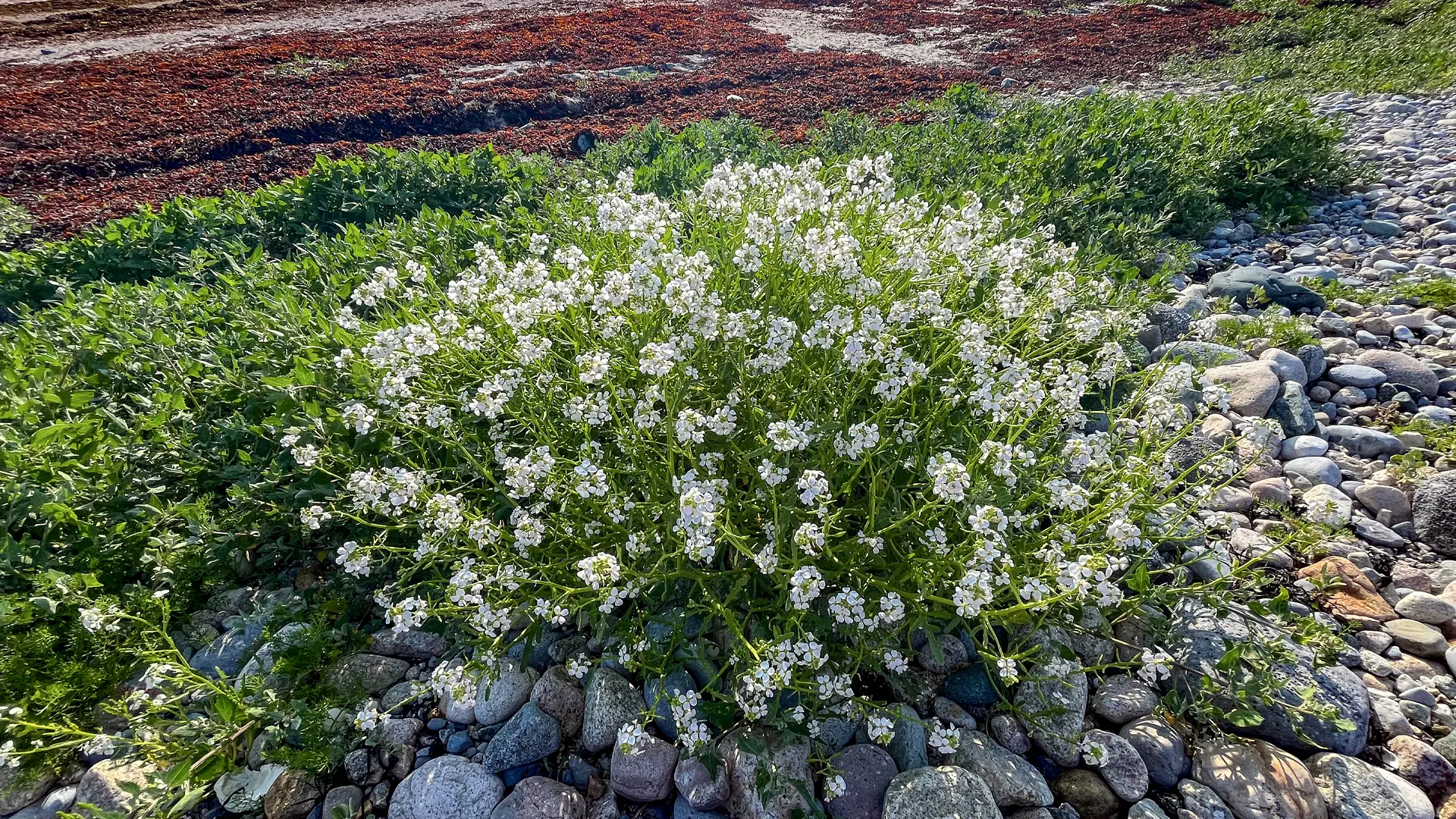
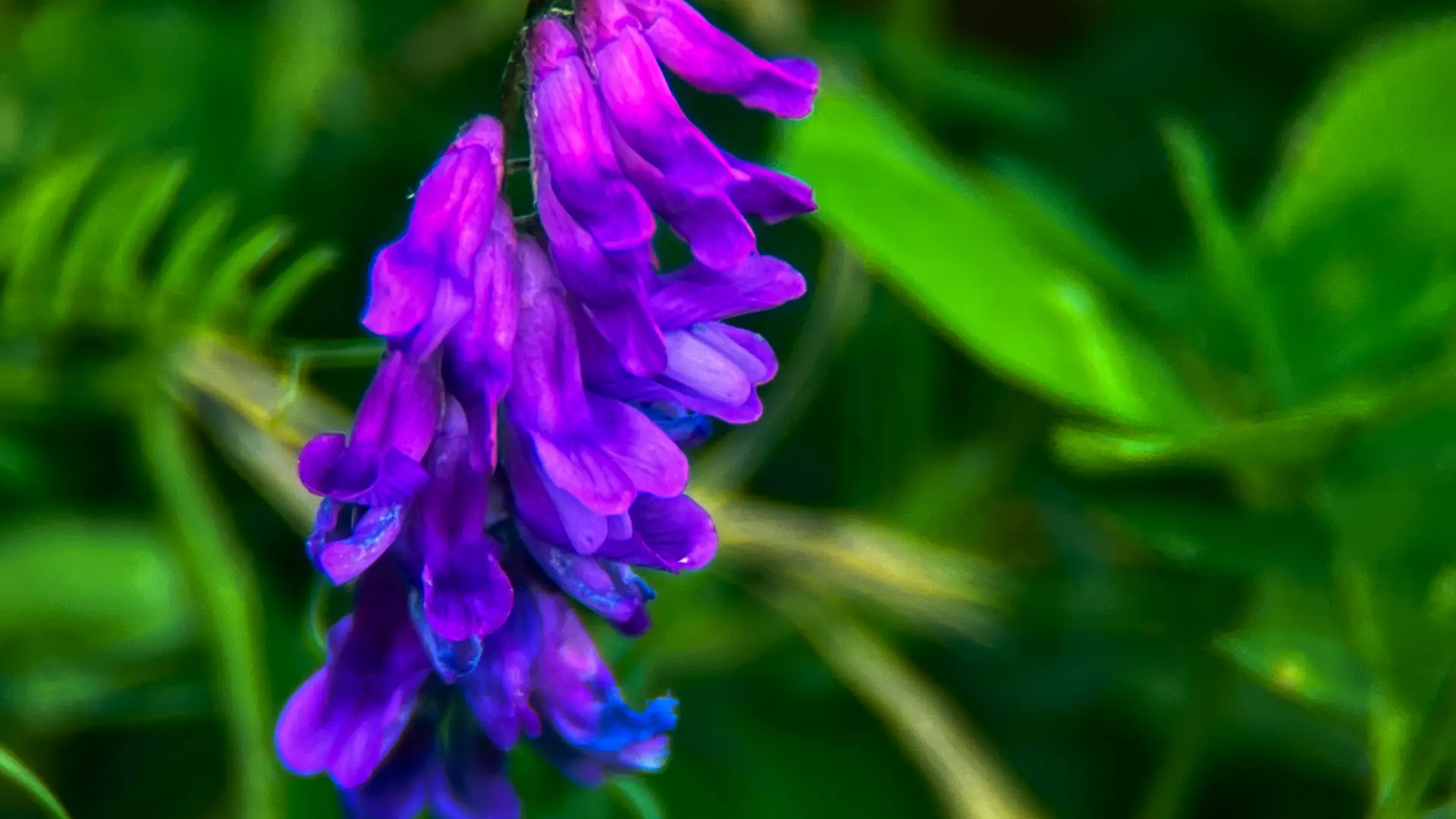
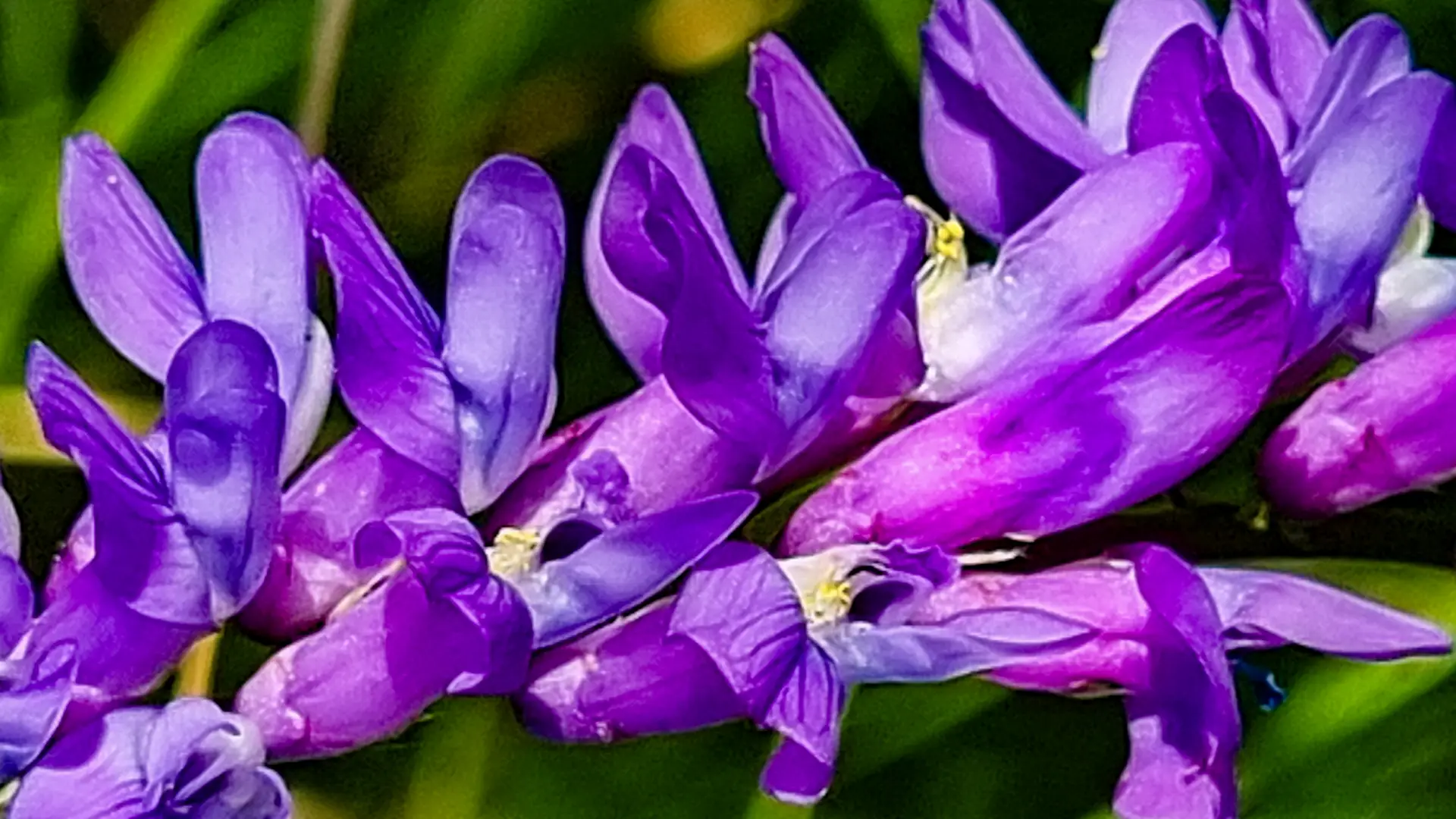
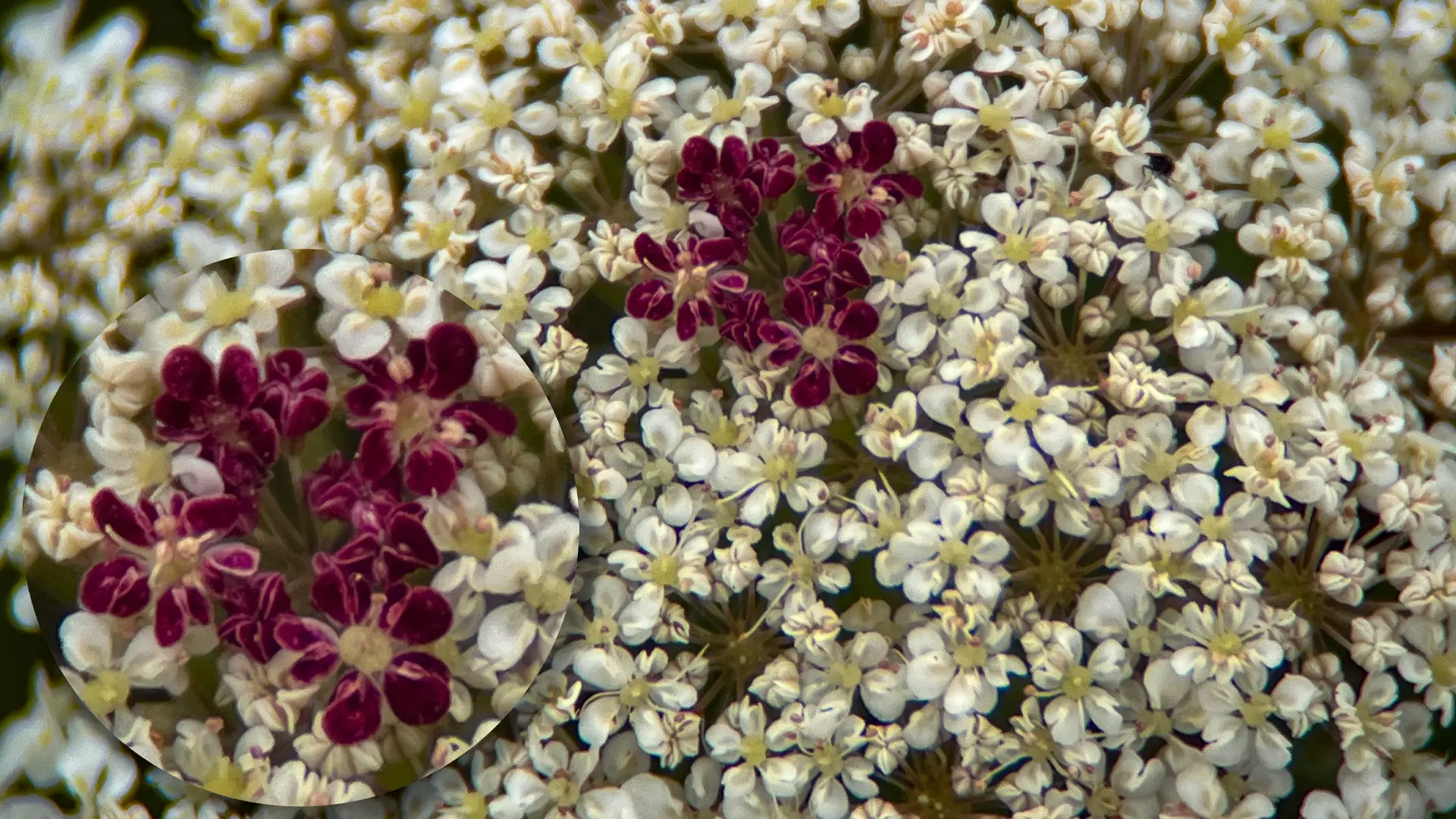
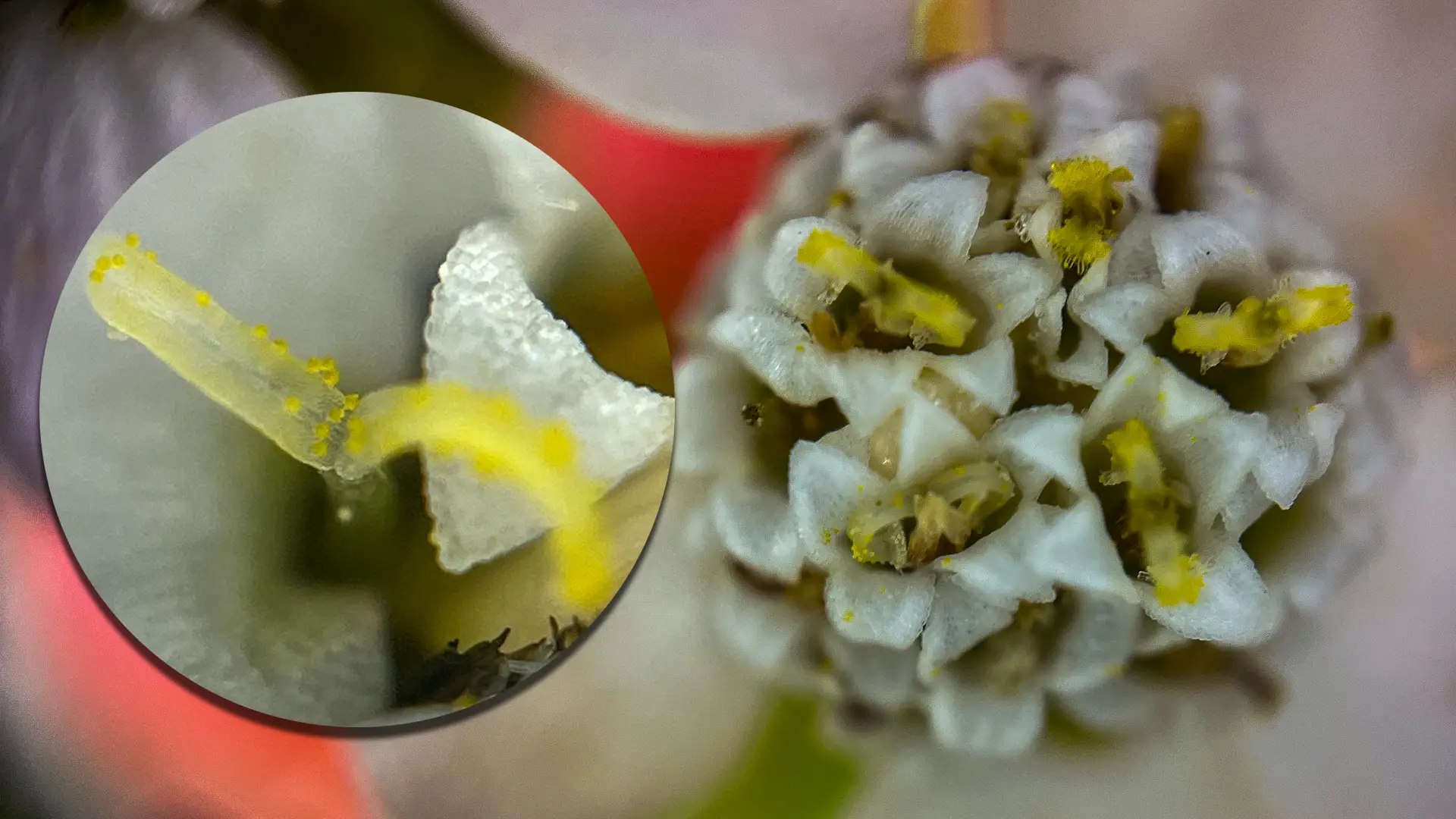
.
